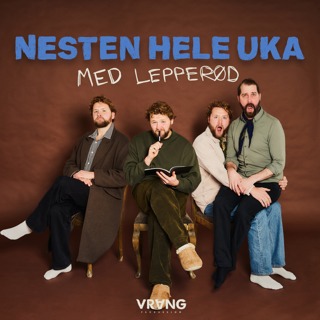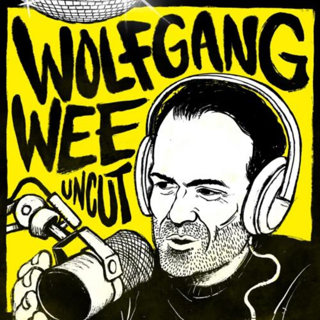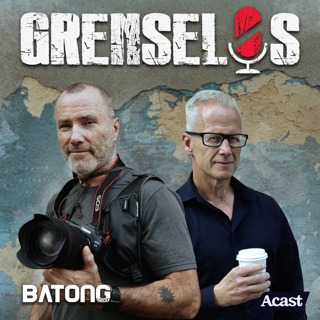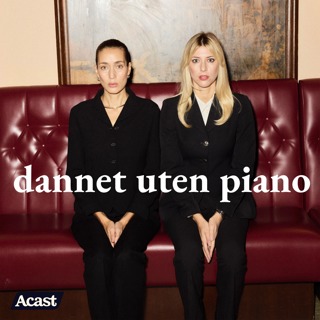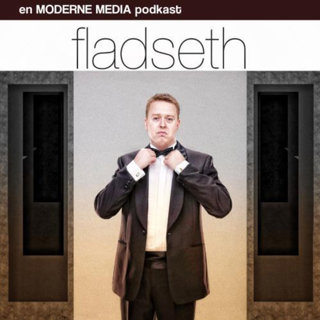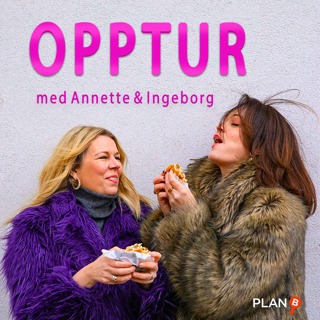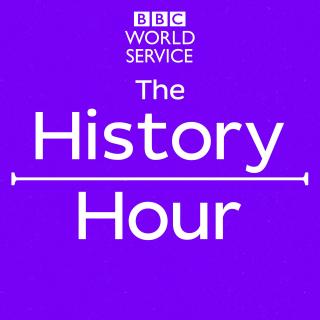
Historic Korean summit and goat island
Max Pearson presents a collection of this week's Witness History episodes from the BBC World Service. Our guest is Jean H. Lee, an American journalist who has covered both North and South Korea extensively. Jean is also the co-host of the BBC World Service podcast, The Lazarus Heist. She tells us more about the relationship between the two countries.The programme begins with the historic meeting between North and South Korea's leaders almost 50 years after the Korean War. We hear from Sameh Elbarky who was in Cairo's Rabaa al-Adawiya Square on the day the army killed hundreds of protestors following a military coup. In the second half of the programme, British black activists recount how they protested against racism within the local bus company in Bristol in 1963. One of the first Chinese students to arrive in the US in the early 1980s following the Cultural Revolution shares her experience. Finally, how the Mexican island of Guadalupe was saved from being destroyed by hungry goats. Contributors: Jean H. Lee - American journalist and the co-host of the BBC's The Lazarus Heist podcast. Professor Chung-in Moon - South Korean special delegate. Sameh Elbarky - survivor of the Rabaa massacre. Paul Stephenson - spokesperson for the Bristol Bus Boycott. Roy Hackett - Bristol Bus Boycott protestor. Zha Jianying - Chinese American writer. Professor Exequiel Ezcurra - conservationist. (Photo: North and South Korean leaders meet at the summit in 2000. Credit: Reuters)
1 Sep 202350min

Ireland's 'ghost estates' and the first Rose of Tralee
Max Pearson presents a collection of Witness History stories from the BBC World Service, this week we are focusing on Irish history. In 2006, Ireland’s economic boom, known as the Celtic Tiger, ended. It meant thousands of people, like Michelle Burke, were left devastated as house construction stopped. In 1959, Tralee, in Ireland, hosted a festival to promote the town and build Irish connections around the world. The Rose of Tralee is now one of Ireland’s oldest and largest festivals. Veteran RTE broadcaster and author, Joe Duffy, walks us through the significance of the Celtic Tiger. At Easter 1916, a small army of Irish rebels attempted to start a revolution against British rule. They held out for more than a week against a massive British military response, but the insurrection ultimately failed. Also, how electrification lit up rural Ireland for the first time, despite concerns about its potential dangers. And how a group of women fought against a sexist tradition, that prevented them from taking a dip in a popular swimming spot. Contributors: Michelle Burke - lived through the Celtic Tiger boom and bust. Alice O’Sullivan - first Rose of Tralee winner. Joe Duffy - broadcaster and author. Mary Dorcey - poet, writer and women’s rights activist.(Photo: Deserted 'ghost estate' in Ireland. Credit: Tim Graham/Getty Images)
25 Aug 202350min

Judy Garland's legacy and the Benin Bronzes
A compilation of this week's Witness History episodes. Gerald Clarke, the author of Get Happy: The Life of Judy Garland, speaks to Max Pearson about the legacy of the stage and screen actress who died in 1969.We also look at how a chance encounter led to the return of two of the looted Benin Bronzes, ancient artworks which were among thousands stolen from Benin City by the British Army in 1897.And we head back to 2008, when a nine-year-old boy tripped over a fossil that would lead to one of the most important discoveries in the history of human evolution.Contributors:Author Gerald Clarke John Kelsch from the Judy Garland Museum Production assistant Rosalyn Wilder Retired police officer Tim Awoyemi Matt Berger who discovered the Australopithecus sediba fossil Hedayat Matine-Daftary, grandson of Mohammed Mossadeq(Photo: Judy Garland during a press conference in 1963. Credit: Central Press/Getty Images)
18 Aug 202352min
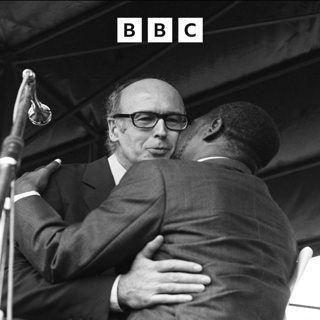
Presidential diamonds and Tupperware parties
Max Pearson presents a collection of this week’s Witness History stories from the BBC World Service. Journalist Claude Angeli discovered French President Valéry Giscard d'Estaing received diamonds from a depraved African emperor, which contributed to him losing the presidential election in 1981. How Bosnia’s small Jewish community helped people from all sides of the conflict, during the siege of Sarajevo in the early 1990s. The story of the gang of thieves, who held up a British Royal Mail train on its journey from Glasgow to London in August 1963. Plus Jean-Michel Basquiat, a young black graffiti artist in the 1980s took the New York art world by storm. His paintings were selling for huge sums of money, but he died before the end of the decade. And the rise and fall of self-made businesswoman Brownie Wise, who inspired an army of US housewives to sell Tupperware at parties. Contributors: Journalist Claude Angeli Journalist Pauline Bock Former vice president of the Jewish community Jakob Finci Author Bob Kealing Journalist Reginald Abbiss Patti Astor, friend of Jean-Michel Basquiat(Photo: French President Valery Giscard d'Estaing and Jean-Bédel Bokassa in Bangui, March 1975. Credit: Getty Images)
11 Aug 202350min
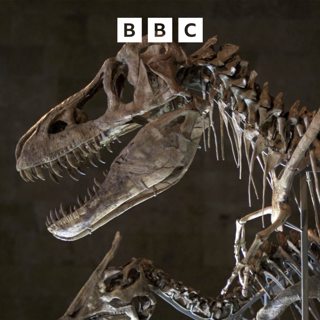
Dinosaur discoveries and a Berlin Wall treehouse
Max Pearson presents a collection of this week’s Witness History episodes from the BBC World Service. We hear about a prehistoric discovery in India - a nest full of dinosaur eggs found in 1982. Plus, why a Mongolian dinosaur skeleton became the centre of a 2012 court battle in a case known as United States V One Tyrannosaurus Bataar.Our guest, palaeobiologist Neil Gostling reveals how newly-uncovered dinosaurs are named, and tells us which fossilised beast was the first to be christened.José Mujica recounts his journey from young revolutionary in the 1960s and 70s to becoming Uruguay's president in 2009. Plus, we learn more about the deaf children in Nicaragua who invented their own sign language. And find out why a treehouse built beside the Berlin Wall during the Cold War became a symbol of resistance.Contributors: Professor Ashok Sahni - palaeontologist Associate Professor Neil Gostling - palaeobiologist Dr Bolortsetseg Minjin - paleontologist José Mujica - former president of Uruguay Professor Judy Shepard-Kegl - linguist Mehmet Kahlin – son of Osman Kahlin(Photo: Tyrannosaurus Bataar skeleton, 2016. Credit: Johannes Eisele/AFP via Getty Images)
5 Aug 202351min

West African food and computer viruses
Max Pearson presents a collection of this week's Witness History episodes from the BBC World Service. Our guest is Ozoz Sokoh, Nigerian food writer and author of the Kitchen Butterfly food blog, who tells us about the history of West African food.The programme begins with the story of Mr Bigg's, Nigeria's answer to McDonald's. Then, we hear about the 1960 coup against the Emperor of Ethiopia, Haile Selassie, from his grandnephew.In the second half of the programme, a Jewish survivor tells us about the Nazi occupation of Greece from 1941-1944. Two witnesses tell us about Pope John Paul II's ill-fated visit to Nicaragua in 1983. And a Pakistani man recounts how he accidentally created the first personal computer virus in 1986. Contributors: Ozoz Sokoh - Nigerian food writer and author of the Kitchen Butterfly food blog. Emmanuel Osugo - Mr Bigg's employee. Dr Asfa-Wossen Asserate - grandnephew of Haile Selassie. Yeti Mitrani - Jewish survivor of Nazi occupation of Greece. Nancy Frazier O’Brien - Catholic News Service reporter. Carlos Pensque - Nicaraguan protestor. Amjad Farooq Alvi - software developer.(Photo: West African food. Credit: Craig F. Walker/The Boston Globe via Getty Images)
28 Jul 202352min

Wartime surrenders and the birth of Barbie
Max Pearson presents a compilation of stories from this week’s Witness History episodes.In the autumn of 1945, World War II surrender ceremonies took place across the Japanese Empire. Thousands of people watched the incredible moment Japanese generals handed over their swords in China's Forbidden City in Beijing.Historian James Holland, talks about the ritual and significance of a surrender.Also, the first Barbie doll was sold in 1959. It took Ruth Handler, who created it, years to convince her male colleagues that it would sell.The plastic creation sold 350,000 in the first year and went on to take the world by storm selling millions. It’s now even been turned into a live action film starring Margot Robbie.Contributors: John Stanfield, signed surrender declaration documents on behalf of the British at the end of World War II James Holland, historian, writer, and broadcaster Ramona Reed on her father Dean Reed who became known as ‘Red Elvis’ Vents Krauklis, a demonstrator in the Latvian capital, Riga in 1991 Professor V. Craig Jordan, who helped bring the drug tamoxifen to the world’s attention Ruth and Elliot Handler from a BBC documentary broadcast in the 1990s(Photo: Barbie in her various incarnations. Credit: Ian Waldie/Getty Images)
21 Jul 202351min
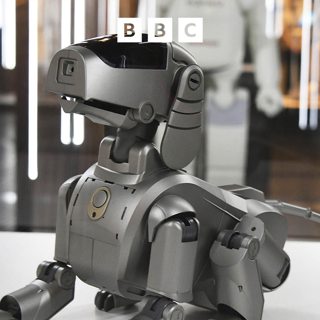
Five great inventions that changed the world
Max Pearson presents a selection of this week’s Witness History stories.In 1999, Aibo: the world's first robot dog, hit the shops in Japan and sold out in just 20 minutes. We hear from Toshitada Doi who spent six years on the project when he worked at Sony. Plus we hear from Dr Ella Haig about the development of artificial intelligence.Japanese software developer Shigetaka Kurita created the first emoji in 1999. Valerie Hunter Gordon, from England, invented disposable nappies in 1947 after the birth of her third child. We hear from Valerie’s son, Nigel Hunter Gordon. Hungarian journalist László Bíró was sick of smudging the ink from his fountain pen and so he invented the ballpoint pen in 1938.Finally, a Hungarian architect Ernő Rubik invented what's known as the Rubik's Cube.Contributors:Toshitada Doi on developing Aibo: The world's first robot dog Dr Ella Haig, Reader in Artificial Intelligence, in the School of Computing at the University of Portsmouth in the UK Japanese software developer Shigetaka Kurita, who created the first emoji Nigel Hunter Gordon, the son of Valerie Hunter Gordon, on disposable nappies Hungarian journalist László Bíró, the inventor of the ballpoint pen Hungarian architect Ernő Rubik, the inventor of the Rubik's Cube(Photo: The original Aibo. Credit: Jun Sato/WireImage via Getty Images)
14 Jul 202352min







